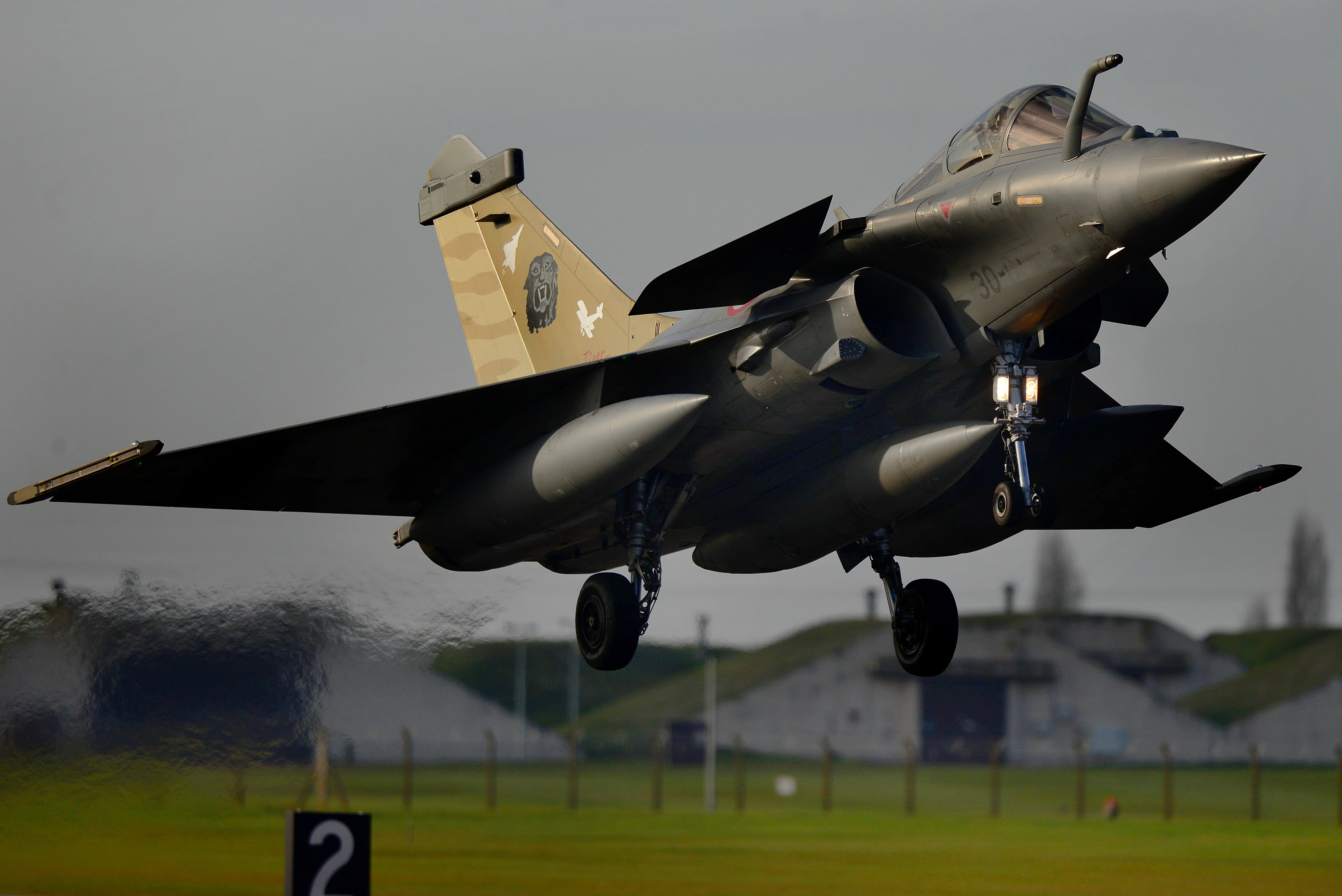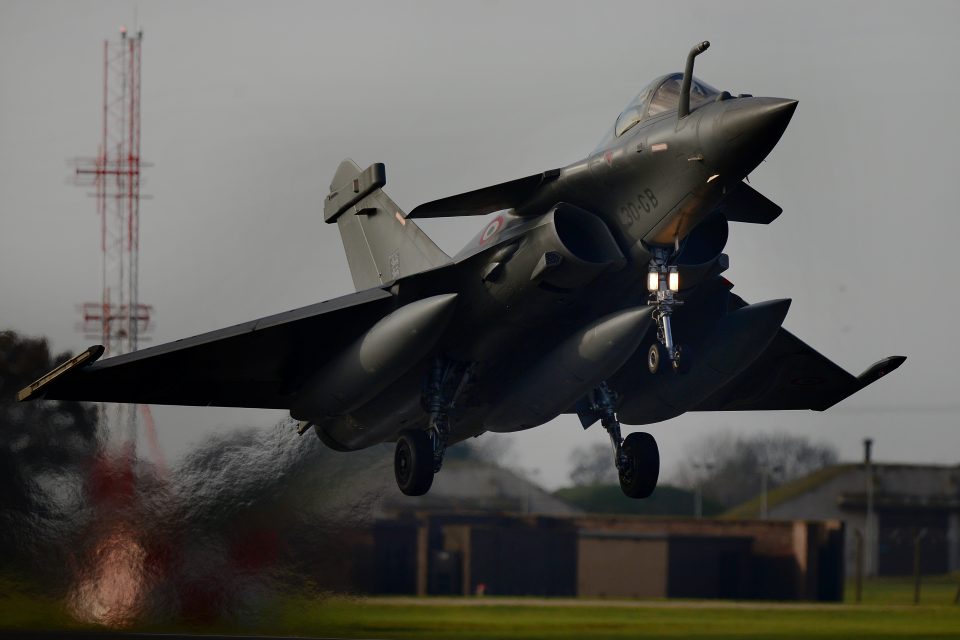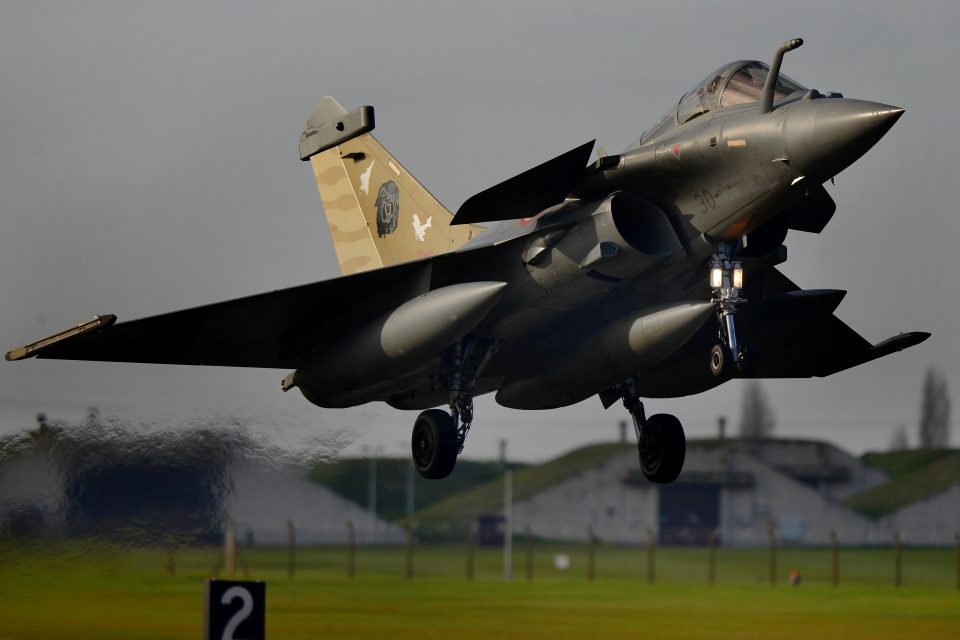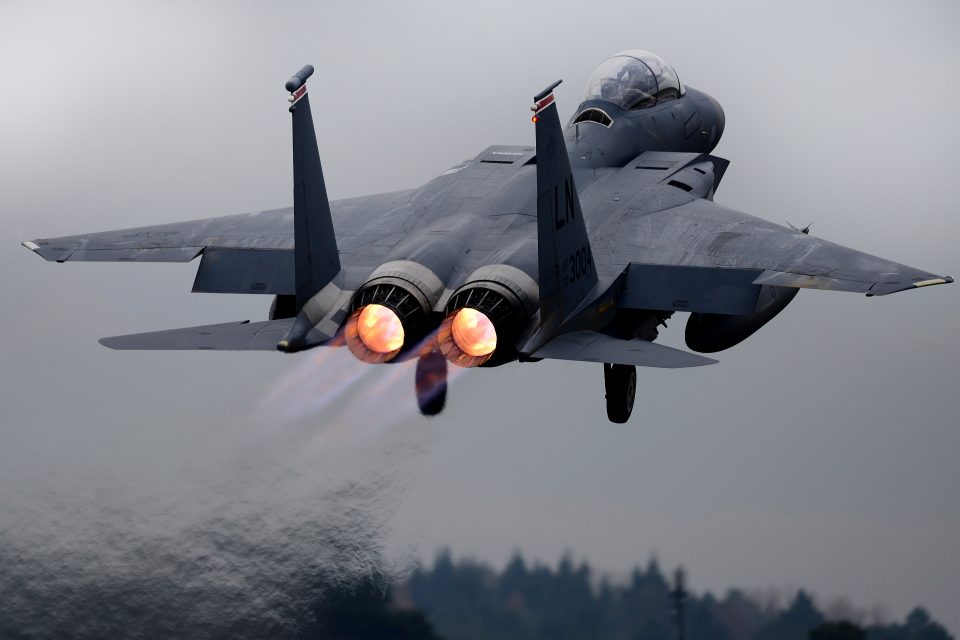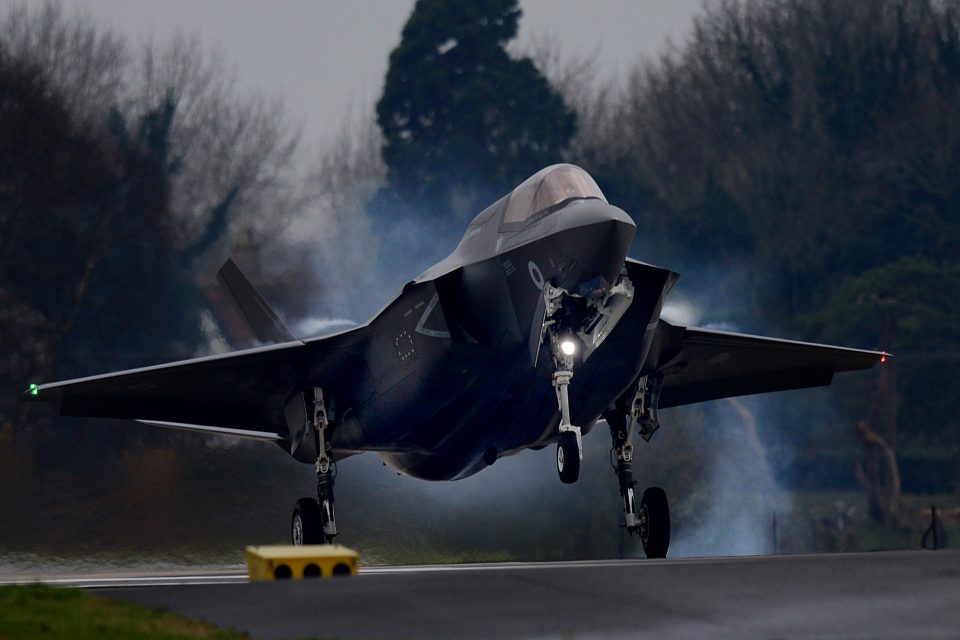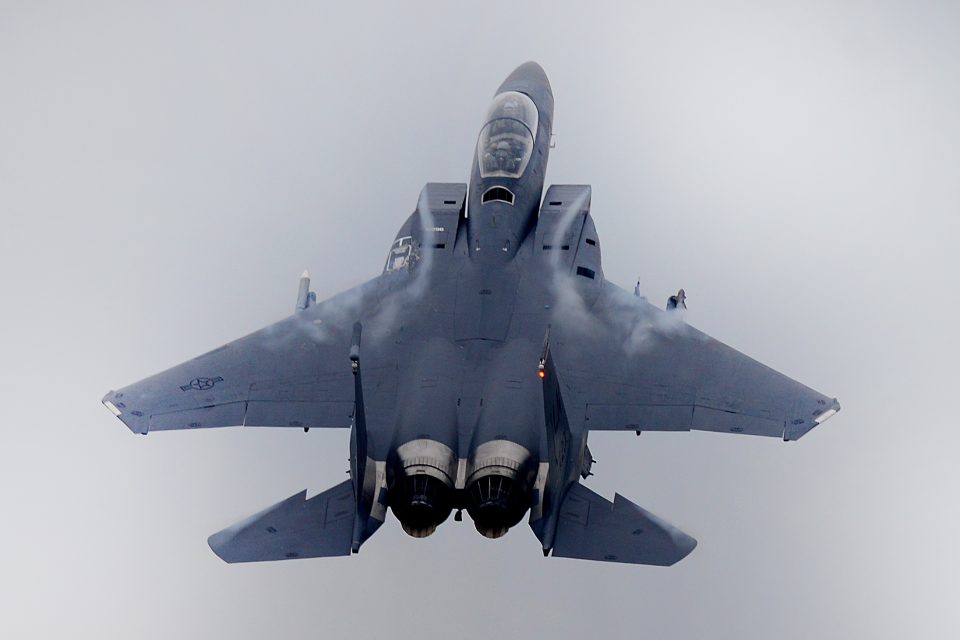By Pierre Tran
Paris
French Armed Forces minister Florence Parly announced Jan. 14 the award of a €1.9 billion ($2.2 billion) development contract to upgrade the Rafale fighter jet to an F4 standard, while evoking national sovereignty, operational capability and exports as key factors.
That budget was agreed after close negotiations between government and industry, a source close to the talks said.
“This is a guarantee of our sovereignty,” Parly said on a visit to the Dassault Aviation factory at Mérignac, next to Bordeaux, southwest France.
“This is a chance for our capabilities,” she added.
“It is also a necessary investment to ensure the Rafale’s competitiveness for exports in the coming decades and to safeguard the industrial sector for the fighter jet.”
Parly said she was proud to be the lead advocate for the Rafale in any prospective foreign deal, adding that the upgrade offered further argument in favor of the French fighter.
Dassault, MBDA, Safran and Thales are the four big companies working on the Rafale.
The main modernization features include a connectivity of data links with French and allied forces, greater detection and identification of threats, and fitting upgraded missiles.
A modernization to F4 was in response to the French Air Force’s “evolution of probable threat,” said Etienne Daum, manager for aeronautics, defense and security at think-tank CEIS, based here.
The F4 is important as a a step toward to the Future Combat Air System.
The F-4 upgrade is the first technology package which allows the French fighter to fly in a data network until the planned Next-Generation Fighter flies some time after 2035.
That fighter will be a key element in the FCAS, a European project for a system of systems, which will include a mix of piloted jets, unmanned armed drones and smart weapons.
A Rafale upgrade could be seen as a victory of pragmatism over a cultural stereotype of the French character which is said to favor philosophy.
The upgrades are due to be installed in two phases, with a first batch in 2023, followed by a second in 2025, the Armed Forces ministry said in a statement.
That incremental approach is intended to fit the features as soon as they are available, part of a new defense policy.
“The F4 standard is part of the ongoing process to continuously improve the Rafale in line with technological progress and operating experience feedback,” Dassault said in a statement.
The work will also allow more weapons to be fitted to aircraft, including Mica New Generation air-to-air missile and 1,000-kg AASM powered smart bomb.
Planned upgrades of the ASMP-A airborne nuclear-tipped missile and Scalp cruise weapon will also arm the F4.
France will order a further 30 Rafale in 2023, with delivery of 28 due by 2024, Parly said.
Dassault will be industrial architect, the company said.
“We will be responsible for implementing innovative connectivity solutions to optimize the effectiveness of our aircraft in networked combat (new satellite and intra-patrol links, communication server, software defined radio).”
There will be also be upgrades to the active electronically scanned array radar, front sector opto-electronic targeting system, and helmet-mounted display, the company said.
There will a new service contract and a prognosis and diagnostic aid system intended to deliver a predictive capability.
Maintenance will draw on the use of Big Data and artificial intelligence.
A new control unit for the M88 engine will be fitted.
The Spectra electronic warfare system and Talios targeting pod will be boosted, the ministry said.
The Direction Générale de l’Armement (DGA), Joint Chiefs of staff and the service wing — Direction de la maintenance aéronautique (DMAé) – worked together to draw up the F4 requirement, seen as essential to maintain French capability with the introduction in Europe of the F-35 joint strike fighter.
France signed a development contract with MBDA for the Mica NG, the company said Nov. 11, 2018.
The weapons is intended to have greater range and sensitivity in sensors,with lower service cost.
First delivery is due in 2026.


